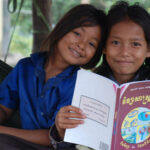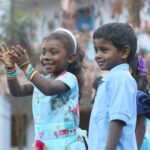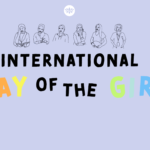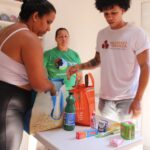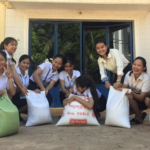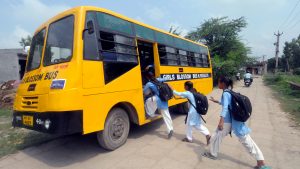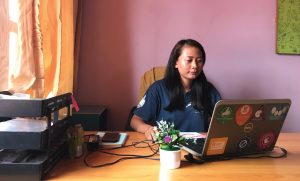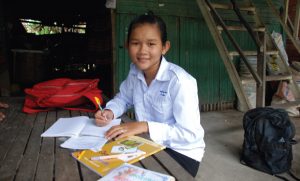12 Cambodian Communities to Receive Pump Wells!
More than half of the rural communities in Cambodia have difficulties with access to water. Added to this, the country is currently in the midst of a severe drought.
According to the National Committee for Disaster Management, “the drought has now affected over 20,000 hectares of rice fields in 13 provinces.” In 2015, Cambodia experienced its worst drought in half a century, with most of its 25 provinces experiencing water shortages and about 2.5 million people severely affected. (1)
Many are saying the current drought will be worse than 2015 with temperatures predicted to rise to as much as 110°F and a delay in the cooling monsoon rains. In order to conserve water for home use and cash crops, rice farmers who normally crop twice a year have been instructed by the national government to not grow dry season rice at all.
In February Lotus Outreach and our local partners identified 12 lucky communities in which we will locate a pump well in the coming weeks and months. Each well will totally transform lives, providing at least 15 families in these poor rural villages with, life-giving, clean water near at hand.
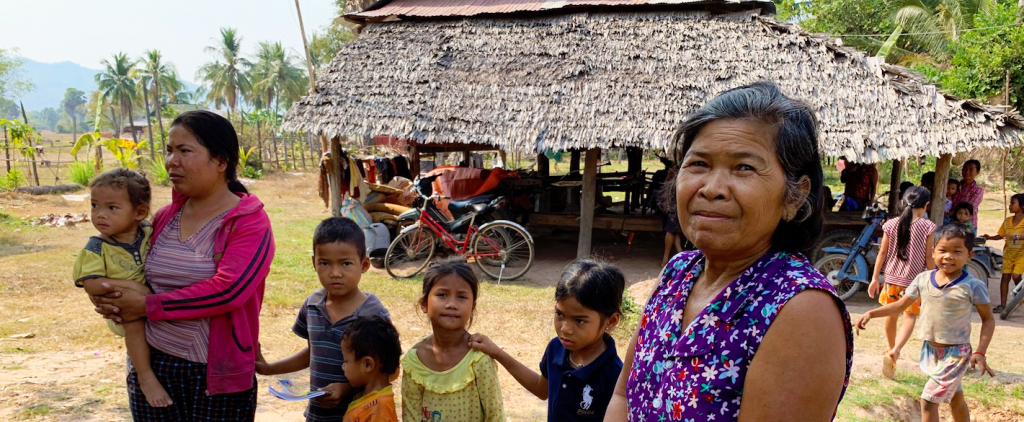
Last month, we met with one of the recipient communities at Tbeng Pork Village, Srae Knong Commune, Chum Kiri District, Kampot Province. Conditions at the village and responses from the community confirmed current drought conditions indeed matched that of 2015 as the worst drought in their collective memory.
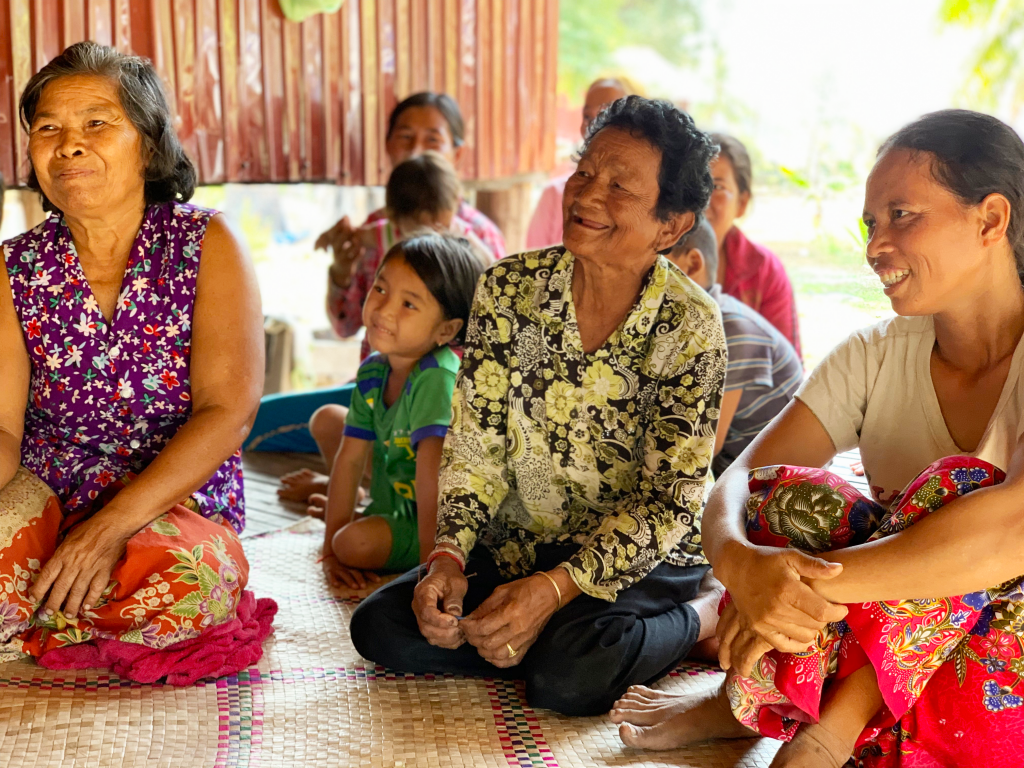
Village Well committee 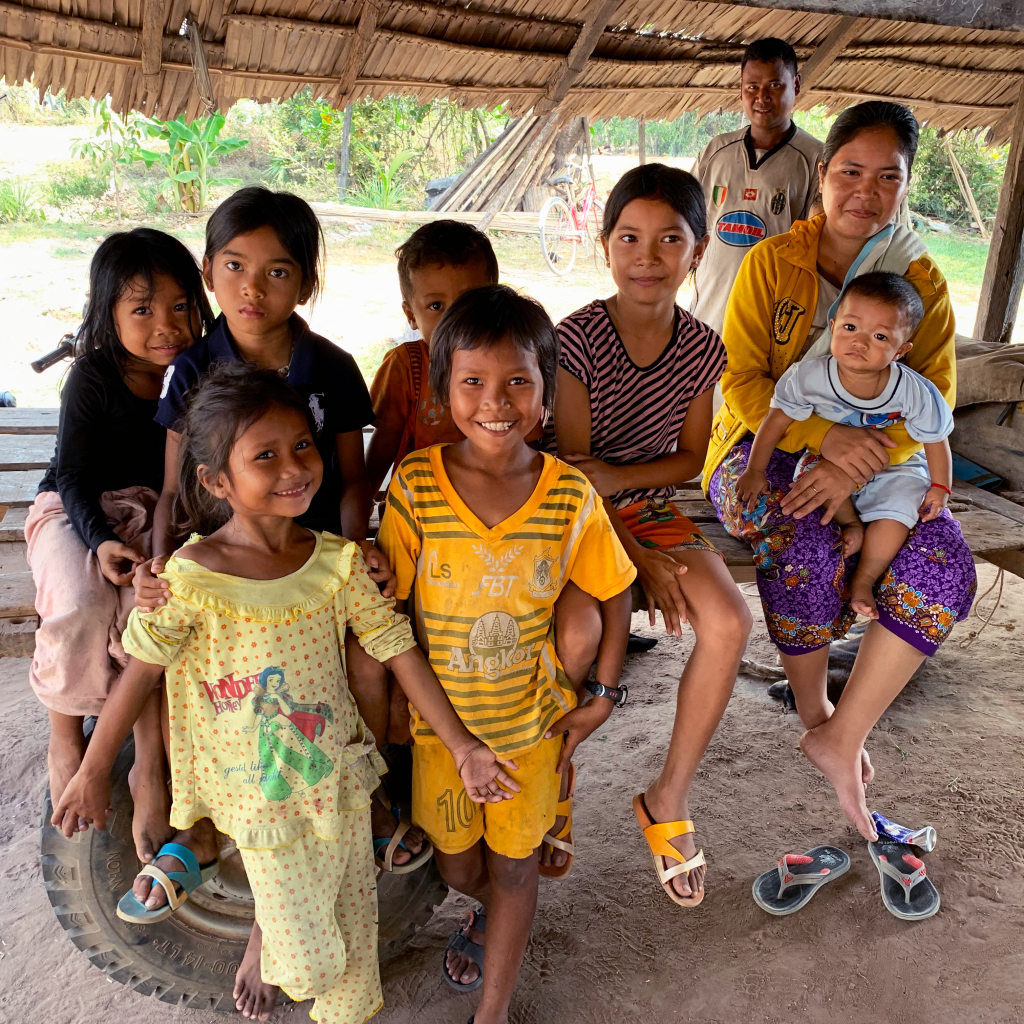
Children of the village
36-year-old Sak confirmed the same telling us, “Around three years ago there was a terrible drought, we had to travel 1.5 kms and dig into sand to get water. Had to cue in a long line to get water. When we finally filled a bucket we had to carry those heavy buckets of water on our shoulders all the way home.”
Children walk two kilometers by road to their primary school. Their only nearby source of water is a shallow pond in the middle of their village that dries up to almost nothing as the dry season stretches out.
“We have to limit the amount of water we use for washing. It’s hard to keep the school children clean as we have to wash three children with one bucket of water. Not having water impacts on my livelihood. I have to go to the forest to cut bamboo, its very dirty there and I come back caked in dust and grime and don’t have water to wash,” San shared.
We have to put ourselves in the shoes of these villagers to even partially understand what it’s like to live in drought conditions at least half the year. There is basically no water for drinking or cooking available anywhere nearby so the villagers here have to buy water on a daily basis.
“We buy water for drinking and cooking and use the pond water for washing and bathing,” 53-year-old villager, Roth, told us. “Every year in the dry season we have to spend around $25 per month to buy water for drinking and cooking.”
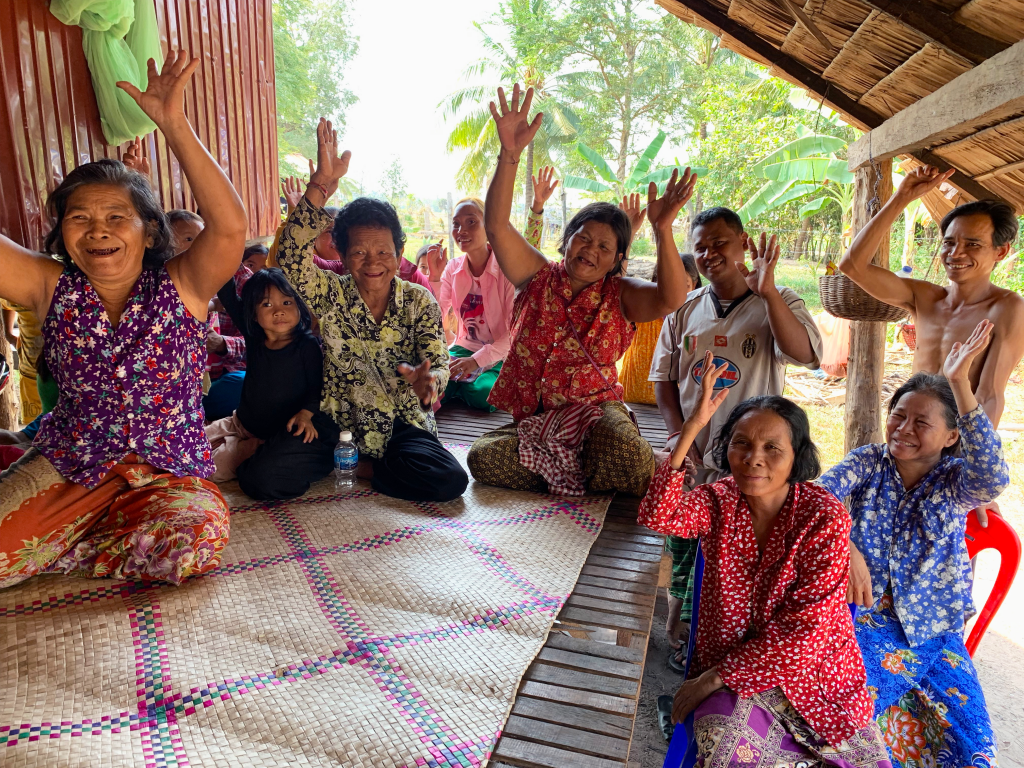
The villagers also shared with us that the drillers had already visited to start work when they unfortunately broke a drill bit in rocky terrain and had to halt the digging. Assuming all is well, we understand he drillers will return and complete the work in the next couple of weeks.
“They can’t return soon enough for us!” was the refrain of these thirsty villagers.
We look forward to visiting again later in the year to see the work completed and water flowing copiously from their new pump well!



